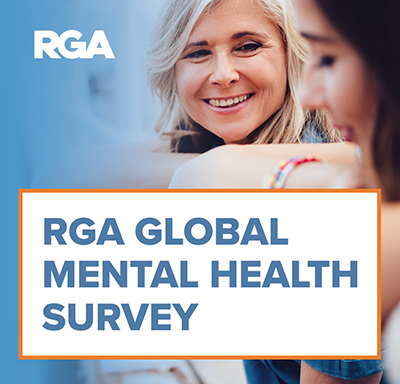Mental health is a crucial aspect of human wellbeing that affects the physical, emotional, and social aspects of life. However, in many parts of Asia, mental healthcare faces a significant protection gap due to various cultural, social, and economic factors.
This gap not only affects the quality of life of millions of people, but also poses challenges and opportunities for the local insurance industry.
This article explores the systemic and individual barriers to mental healthcare in Asia and the implications for the insurance industry. It also provides some recommendations and considerations for insurers to close the mental health protection gap by offering more inclusive, affordable, and accessible products and services.
A pervasive, growing challenge
According to the latest estimates, Hong Kong has more than two million people likely suffering from mental health disorders, which is 18% of the population. In China, about 170 million people likely suffer from mental disorders. The prevalence of mental health disorders and lack of diagnoses in these two examples are alarming and illustrate the diversity and severity of the problem across the region.
The challenges are especially acute for the very young and very old, who have a higher prevalence of mental health disorders than the global average. These cases directly affect not only the patients themselves, but also their family members and care givers. Child and adolescent mental health problems, such as autism and ADHD, are often underdiagnosed and undertreated, leading to poor long-term outcomes. Similarly, dementia and associated elderly mental illnesses are often neglected and stigmatized, producing a heavy burden on caregivers and society.
The overall prevalence of mental health disorders in Asia is likely underreported and outdated, given the lack of regular and comprehensive research in this area in the region. Furthermore, the impact of the COVID-19 pandemic, which has caused unprecedented stress, anxiety, and isolation for many people, has likely worsened the overall situation.
Systemic barriers to mental healthcare in Asia
Several factors hinder the availability and quality of mental healthcare in Asia, including:
Continued stigma and discrimination associated with mental illness and treatment in many Asian cultures. Mental illness is often seen as a sign of weakness, shame, or dishonor, and therefore a taboo topic. This stigma prevents many people from seeking help early and also affects the attitudes and behaviors of family members, employers, and society at large. For example, in China, fear that a record of mental health diagnosis may be accessible through health screens and affect future employment opportunities may influence willingness to seek treatment.
Lack of mental health policies, laws, and funding in many countries. This results in a shortage of mental health professionals and facilities, especially in rural and remote areas, and low government expenditure on mental health services, compared to other high-income countries.
Inadequate integration of mental health services into primary healthcare and social welfare systems. Many people with mental health problems do not receive adequate care or support from the general health system and often face difficulties in accessing other essential services, such as education, employment, housing, and social security.
Low awareness and utilization of mental health resources and services among the general population. Many people are not aware of the signs and symptoms of mental health problems, the available treatment options, and the benefits of seeking help. Furthermore, many people do not utilize existing mental health resources and services, due to lack of knowledge, affordability, accessibility, or acceptability.





